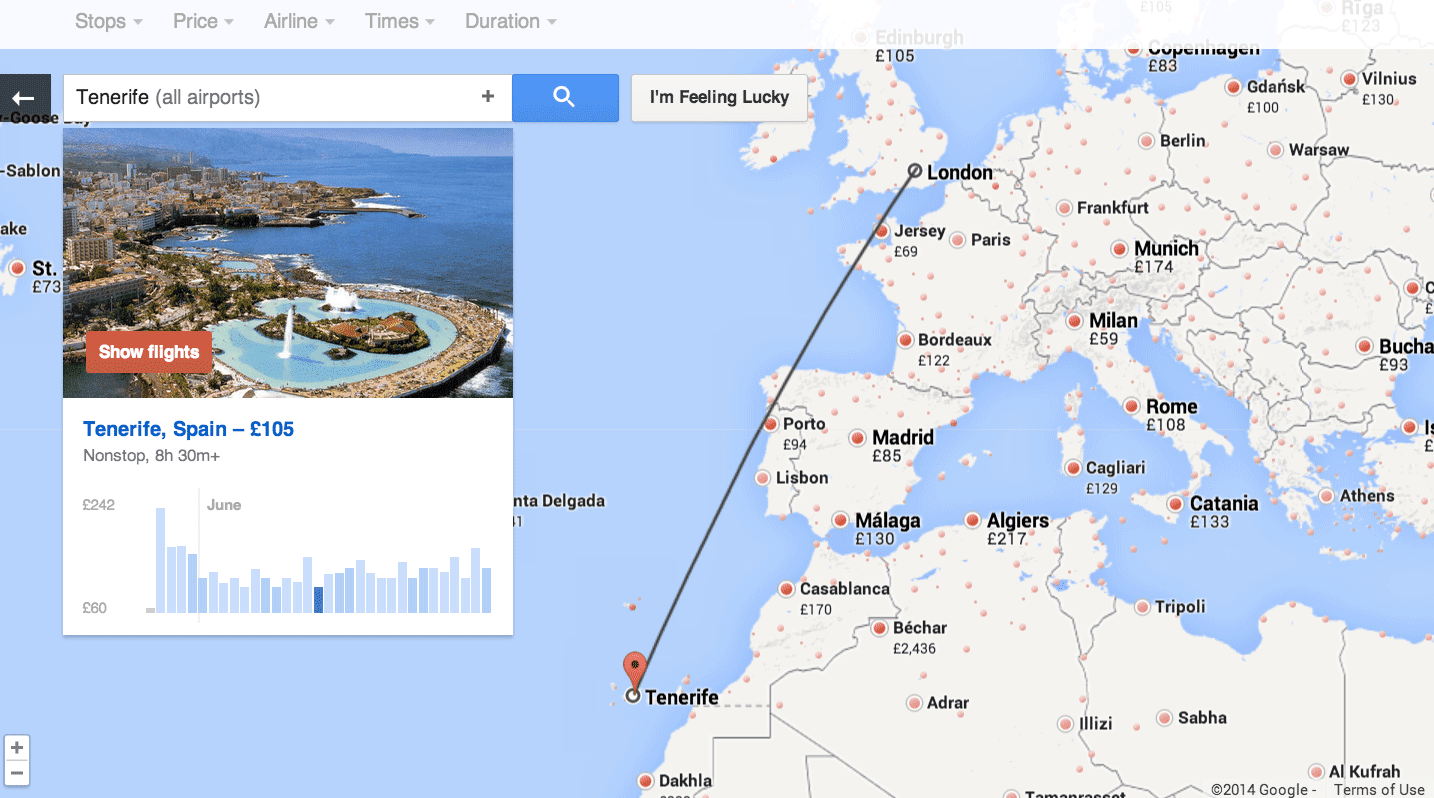In May, we added the following features to DoubleClick Search (DS):
- Public launch of Shopping campaigns in DS
You can create and manage AdWords Shopping campaigns in DS, a feature that we initially rolled out in beta in March. Shopping campaigns are a new campaign type for AdWords Product Listing Ads that streamline how you manage and bid on your products, report on the performance of your ads, and find opportunities to grow your traffic from Google. Learn more.
- Specify and report on sitelinks for ad groups
Sitelinks are an ad extension available in AdWords engine accounts. They appear beneath the text of your ads (and in addition to the main landing page), link to specific pages on your website, and help customers find what they're looking for on your site with just one click. By default, all ads inherit sitelinks from the campaign, but now you can add different sitelinks for each ad group or prevent an ad group from displaying sitelinks. Learn more.
- Include custom dimensions and metrics in DS reports
If you use Floodlight activities to track conversions, you can add details to your DS reports that are customized to your business needs, such as the genre of a movie that a user purchases, the zip code to which an item is shipped, shipping costs, and so on. Learn more.
- Upgrade to the new AdWords “Search Network with Display Select” campaigns
AdWords will soon be replacing “Search & Display Networks” campaigns with a new campaign type, “Search Network with Display Select”, that offers 35% better Google Display Network performance than your current “Search & Display Networks” campaigns. You can upgrade your “Search only" and “Search & Display Networks" campaigns one at a time from AdWords, or use DS bulksheets to upgrade multiple campaigns with a single upload. Learn more.
We also made the following feature updates:
- Executive reporting: Filter data sources in charts
By default, charts display metrics from all data sources that are in a report. If you want a chart to display metrics only from specific campaigns, devices, or even keywords of a particular match type, you can add a filter to the chart. The chart will contain data only for items that match the filter.
- Support for the AdWords "Rotate indefinitely" and "Conversion optimize" settings
DS now supports the “Rotate indefinitely” and “Conversion optimize” settings for AdWords campaigns in addition to the “Rotate evenly” and “Optimize for clicks” settings that were available previously. Learn more.
Posted by the DoubleClick Search team



